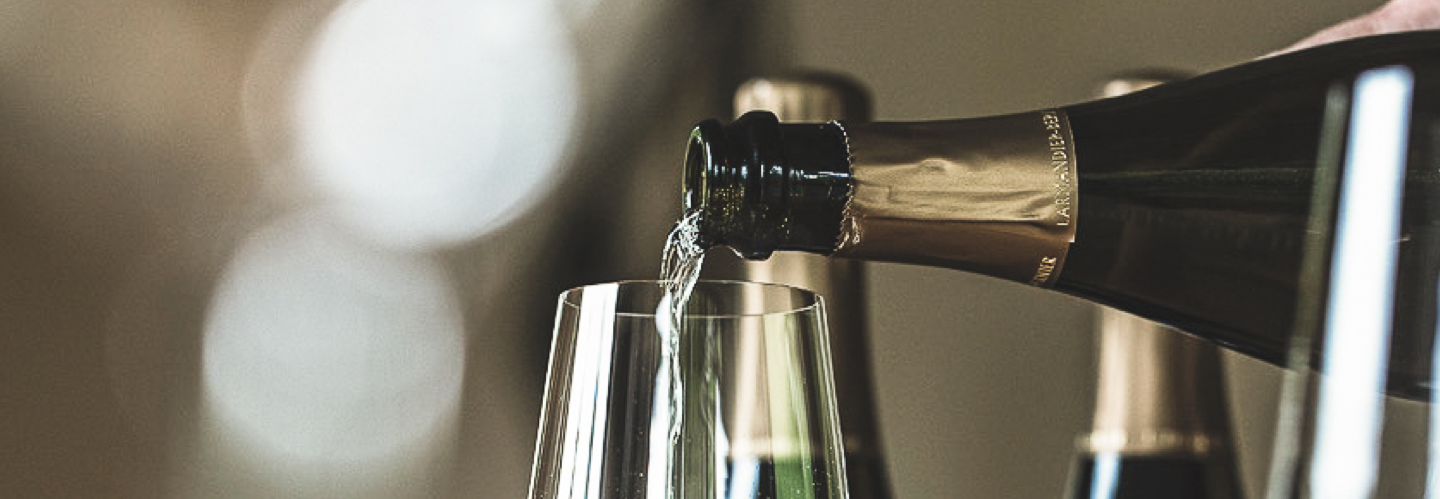Biodynamic viticulture | Vinification | 0% Dosage
Know-How
For Pierre, the acquisition of know-how is never over; it comes from being constantly demanding, curious and humble. It was with this in mind that Arthur and Georges decided to follow in their father’s footsteps.
The Vineyard
Natural Viticulture
The estate did not choose the facility of the usual methods, but the far more gratifying way of cultivating vines intelligently. In search of wines which express their terroir, without any tricks…
It is not for reasons of tradition that Larmandier-Bernier practise natural viticulture; it’s simply a question of common sense. Creating a great Champagne, as with any great wine, begins in the vineyard. Indeed, the grapes already bear all the qualities and the authenticity that no winegrower would be capable of inventing.
The recipe for growing good grapes is simple but demanding: vieilles vignes, tillage of the soil, reasonable yields, vines that look after themselves without being drip-fed on fertiliser and picking by hand at optimum ripeness.
The vineyard – 47 acres of vines, 35 years old on average, certified organic – is situated on the Côte des Blancs: Vertus, classified Premier Cru and Cramant, Chouilly and Avize, all classified Grand Cru.
The terroir is not sufficient by itself: it plays the same role in viticulture as the score does in music. But it’s no use if the vine (the instrument) and the winegrower (the musician) are not up to scratch.
In this way, the cultivation of the vines respects the terroir and the balances each plant requires throughout the year in the vineyard. Each day, attention is paid to each action. Light ploughing favours deep rooting and preserves the life of the soil. So the yields are kept under control naturally and the wine pays this back through its structure and its maturity.
The grape varieties: mainly Chardonnay with some Pinot Noir and Pinot Gris. No grapes are bought in, as the vinification would not be the same without total confidence in the grapes.
Picking – always done by hand – takes place when the grapes are fully ripe, i.e. when they taste good and show complexity. The harvest is usually carried out between September and October, but as the climate changes, the secateurs may start cutting at the end of August.
Campanian chalk typical of the Côte des Blancs / Vineyard in Croix St Ladre, Vertus / Fully ripe grapes
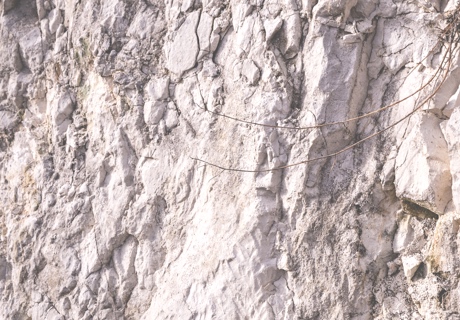
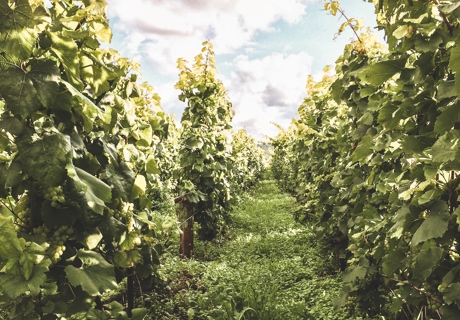
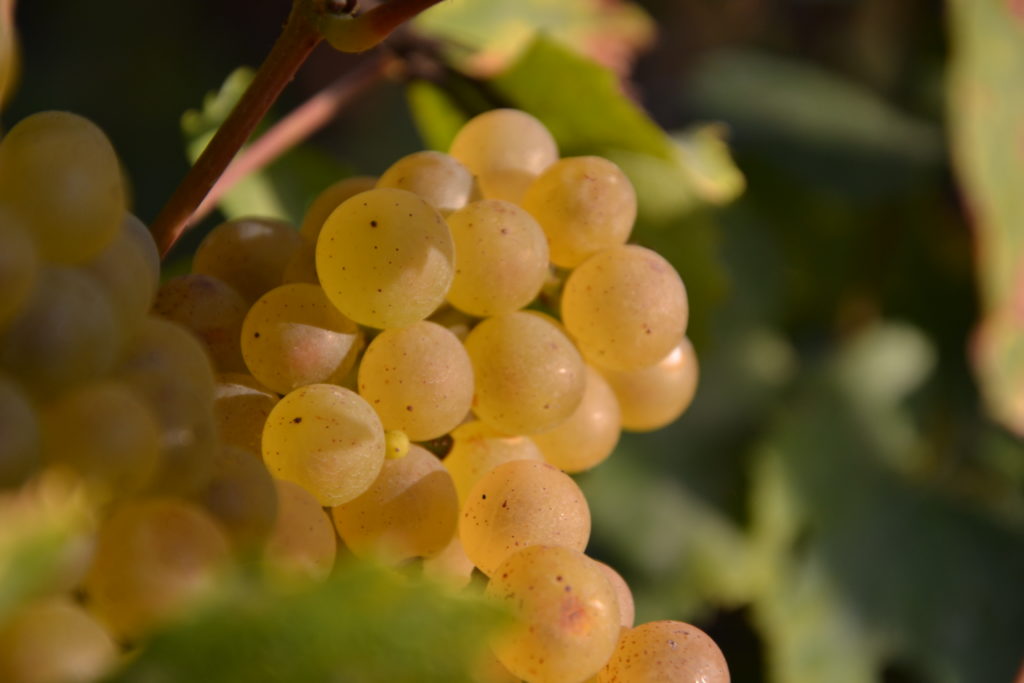
First Fermentation
Vinification & maturation
Maturation is based on a minimum of intervention, a lot of attention and time…
The grapes, picked by hand, are put into the pneumatic press. They are pressed gently, in order to extract the purest of the juice. Each cru is vinified separately, variety by variety, plot by plot.
The entire crop is put in oak casks and vats, to allow the aromas to express themselves. In order to respect the purity of the Côte des Blancs terroirs, the Stockinger family cooperage was chosen for its delicate toasting which respects wines.
The alcoholic fermentation is then set off naturally by the indigenous yeasts present on the bloom of the grapes. At Larmandier-Bernier’s, at each harvest, each cask, each vat lives its own life, with its own yeasts.
In order to prolong the link with the terroir, the wines are matured on the lees for about a year, with no racking or filtering being carried out: make wine before making bubbles! Each year, the cards are reshuffled, as the yeasts differ according to the crus, their orientations, and also the climate of a given year. The indigenous yeasts are thus perfectly adapted to the vintage and the terroir.
Why use the indigenous yeasts of the terroir? Is it absolutely essential in order to make a good wine? No. Is it absolutely essential in order to make a great wine? Yes, because a great wine is necessarily linked to a great terroir, and the yeasts are an essential element in this equation…

Indigenous Yeasts
Indigenous yeasts are present naturally on the bloom of the grapes (unless the chemical treatments have been too aggressive).
Today, 99% of Champagnes are made using commercial yeasts, i.e. selected and then multiplied in the laboratory for the whole of Champagne. They are of very good quality, but contribute to the standardisation of tastes.
Left: The sorting table for the Rosé de Saignée – Right: The winery where the fermentation in casks and the first year of maturation take place
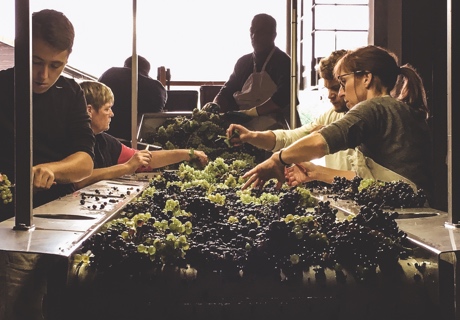
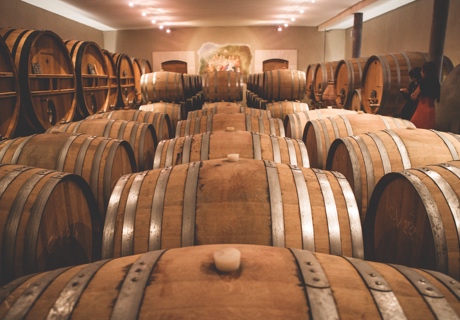
Blending
Blending & Bottling
Listen to the wines, know how to detect the balances and then choose the singularity of a single parcel or the harmony of a blend.
After 11 months on the lees, the wine begins to speak. It’s important to know how to listen to each vat and each cask during the various family tastings, imagining how this still wine, barely a year old, will evolve.
Different possibilities are envisaged up until the final tasting, when decisions must be made:
… Such and such a parcel presents remarkable balance and taste, a single terroir, a single year, quite simply a singular character. So it’s a single-parcel cuvée like Terre de Vertus, Vieille Vigne du Levant or Les Chemins d’Avize.
… For other wines, the balances find a harmony, the terroirs and the years are married, in order to create great Champagne wines such as Latitude and Longitude. So part of the blend will be bottled, while a proportion of it will be reserved for future blending. In this way, the perpetual reserve, begun in 2004, is enriched each year with the new vintage.
The wines are then bottled around the end of July and taken down straight away into the coolness of the cellars, where the second fermentation will take place slowly.
Blending at the estate

Second Fermentation
Ageing in the Cellars
A long time, a metamorphosis in the darkness and coolness of the cellars…
In the depths of the cellars, nothing moves and yet inside each bottle, there’s chaos! It’s the metamorphosis of the still wine into bubbles that’s taking place. This second fermentation also engenders the deposit, which will nourish the wine during the long years of patience in the cellars.
What is the waiting for? The return to harmony after the chaos, the slow development of the complexity of each cuvée, the opening-up of the aromas.
When this has happened, three to ten years have gone by, and each bottle is riddled and then disgorged by hand.
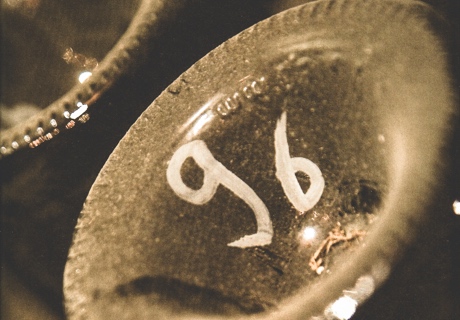
Dosage
Disgorging & Dosage
For Larmandier-Bernier, there’s no secret recipe for the dosage; once again, the objective is to allow the terroir to express itself.
When the disgorging is carried out, the deposit is expelled by the pressure contained in the bottle. This is the moment when the dosage can be added.
After all the care that’s been taken, the choice made is to favour the ripeness of the grapes and their natural sugar, rather than add sugar when the bottles are disgorged and risk making the Champagnes heavy or straying from the terroir.
While most bruts have a dosage of around 12 g/l, Larmandier-Bernier never go above 3 g/l for their cuvées. For Terre de Vertus, for example, it’s simple: nothing at all is added.
Below right: disgorging by hand (à la volée)
Below left: dosage table
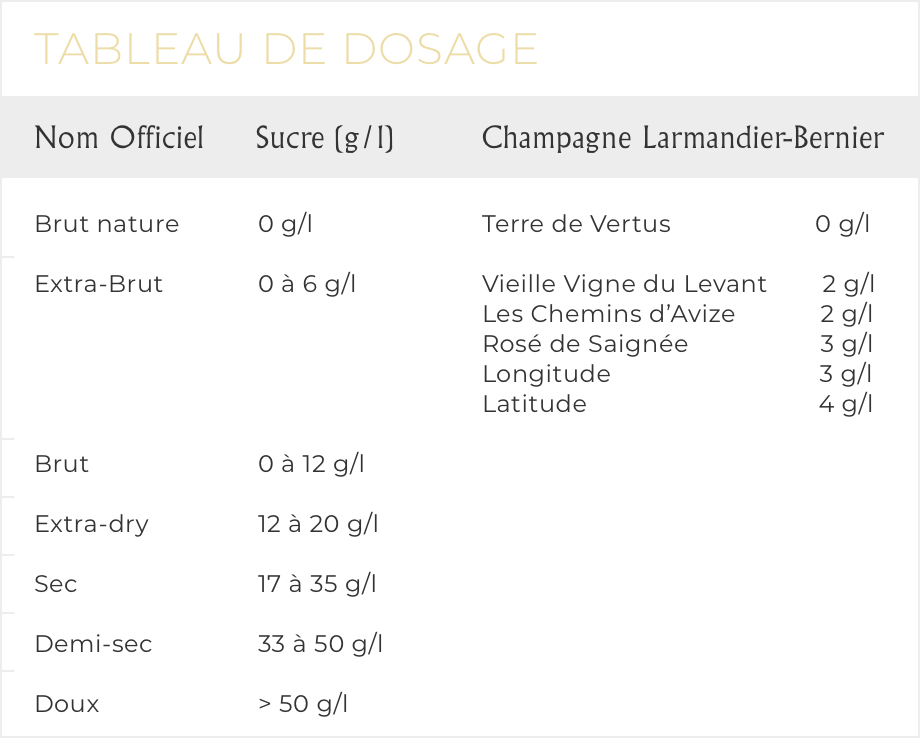
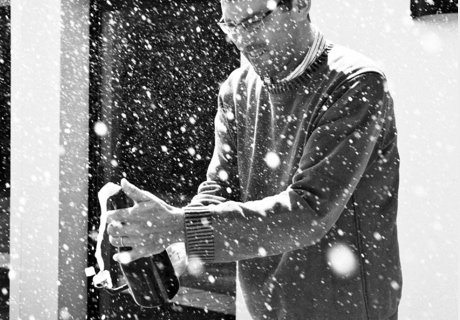
Tasting Notes
Critically Acclaimed Wines
Great connoisseurs around the world appreciate the wines of the Larmandier-Bernier estate and say so in their newspapers, magazines, guides and on their websites. Here’s a selection…
1 July 2025
Revue de presse Juin 2025
Falling for Champagne (Again): Part 1 How Larmandier-Bernier broke the mold by Robert Camuto, 10th December 2024 In nearly half a century of drinking wine, and nearly half that time thinking about wine, I’ve had an off-and-on relationship with Champagne. At times, I did not love it. The prices and access to the great stuff […]
8 January 2025
Revue de presse Janvier 2025
Note Guide 2025 **** Pierre et Sophie Larmandier, accompagnés de leurs fils Arthur, cultivent 16 hectares en biodynamie depuis plus de vingt ans. Peu de domaines viticoles, toutes régions confondues, peuvent se targuer d’une telle régularité à ce haut niveau. La gamme et remarquablement tenue et proposée à des prix raisonnables. Dans les cuvées mythiques […]
24 June 2024
Revue de presse Juin 2024
November 2023 94/100 – NV Extra Brut Blanc de Blancs Longitude 1er Cru The NV Extra Brut Blanc de Blancs Longitude 1er Cru is a powerful, ample wine. The Longitude builds beautifully in the glass, creamy and textured, with tons of resonance. Pear, white pepper, dried flowers, mint, and chalk are all delineated in a Champagne […]
15 January 2024
Revue de presse Janvier 2024
Notre sélection des 20 meilleurs champagnes extra bruts à partir de 35 € Publié le 22/11/2023 Vifs, ciselés et aériens, les champagnes extra-bruts ont le vent en poupe, notamment à l’occasion des fêtes de fin d’année. Voici notre sélection, pour tous les budgets. Larmandier Bernier – Vieilles Vignes du Levant Grand-Cru Extra-BrutNote Le Figaro : […]
14 November 2023
Revue de presse Novembre 2023
Parker Green Emblem : les champagnes Louis Roederer et Larmandier Bernier récompensés 25 octobre 2023 Le palmarès 2023 du Robert Parker Green Emblem vient d’être publié. Il s’agit une distinction qui récompense depuis 3 ans les producteurs […]






